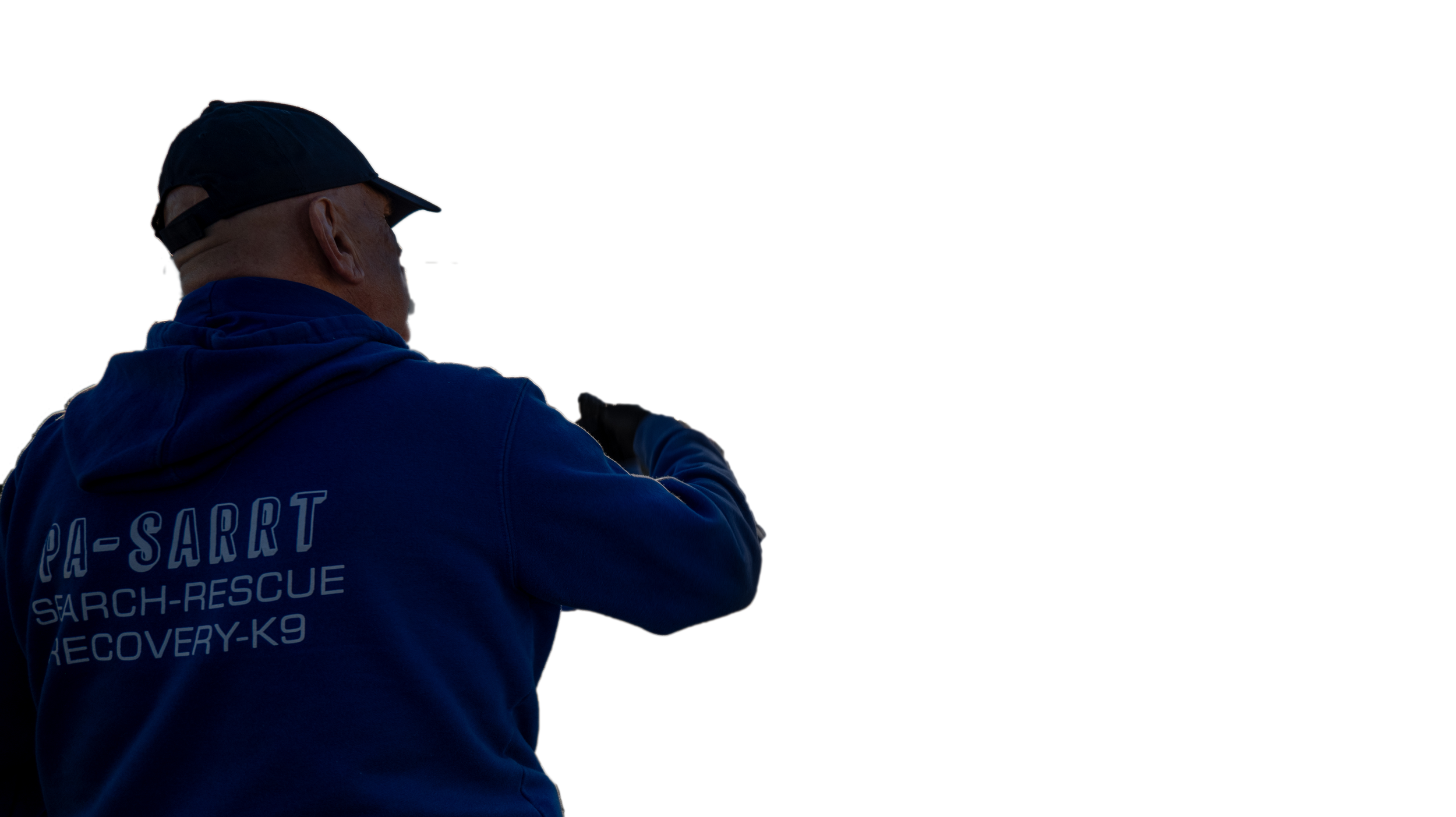Trainings
and
Resources
Rescue International
Training academy
being updated
-
Canine SARR
Training for the Live and HRD/Recovery canine and handler.
-
Technologies
Training for the IT, radio communications, Starlink, Drones
-
Water Rescue
Advanced Flood response training
Responding with Training, Training from Experiance




